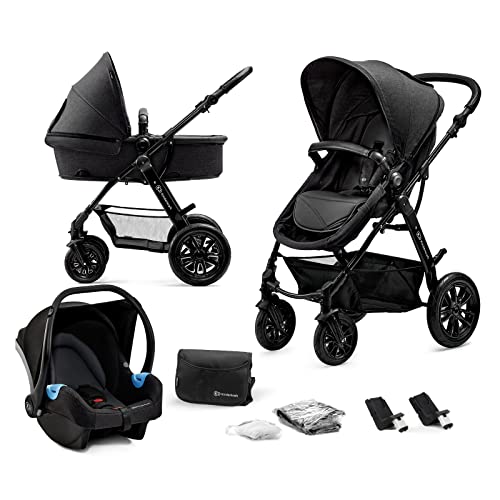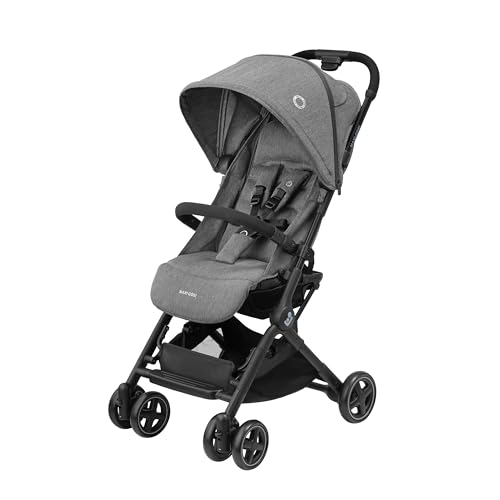 What is a Pushchair Single?
What is a Pushchair Single?
 A pushchair single pushchairs is designed to carry one child (although some are able to be used from birth with an infant car seat or carrycot). Some are lightweight and some can be converted into a double.
A pushchair single pushchairs is designed to carry one child (although some are able to be used from birth with an infant car seat or carrycot). Some are lightweight and some can be converted into a double.
It is modern with a nippy design and features that make it a favorite with families, such as adjustable handlebars for height and a large basket. It comes with machine-washable fabric as well as the footmuff, which is an essential accessory for colder weather.
Convertible
If you’re searching for a Single fold Pushchair stroller that can expand with your child think about a convertible model. This type of stroller has hammock seats that can transform into a carrycot, and it’s an ideal option for babies. It’s easy to fold away from the handlebar and lightweight to drive.
The Larktale Crossover is a stroller/wagon that easily converts into a double-seater, without the use of any tools. It has numerous features that make it an ideal option for parents, such as an enormous undercarriage and an organizer hanging from the push bar in both modes. There are some drawbacks such as the confusion caused by the zipper that connects to the back of the seat 1 in wagon mode and the dimensions of the cup holders.
Brakes
A well-built pushchair will come with several brake systems. One of them is the hand brake which is typically small levers on the side of the chassis that you flick down to stop, then push it back up to begin the process again. This is useful in urban terrain, where you may need to stop quickly on the pavements in shopping centers where pedestrians may be present. The other type of brake system is the front wheel braking system found on higher end pushchairs like the phil&teds dash as well as the Bugaboo Cameleon 3 which is activated by pushing the pedal in the same way as the brake on bicycles. This is particularly helpful when you’re jogging or going over rough terrain, as it stops the pushchair instantly and keep your child safe.
The left coupling 171 that connects the rear legs 57 and 19 consists of a rod for mounting the rear leg 173 to which the rear leg 57 is fixedly coupled, a gear mounted on the side of 163 within the hub 3 of housing 33; a bushing 177 connected to the gear 175 which extends out of a slot at the end of the mounting bar 173 and a cable configured to wrap around J-shaped spool 181 as well as the post 31 of front leg 19. The left coupling system 171 used for the rear leg 57 as well as the front leg 19 comprises a rear leg mounting bar 173 to which the rear leg 57 is fixedly connected; a gear 175 positioned on an end surface 163 of the housing 33 disposed within hub 3; spool component 181 and the post 31 of the front leg 19 are wrapped around the J-shaped spool component 181 in corresponding slot 179 located at the end of the mounting bar 173; and a coiled cable.
The brake system 215 includes the first end 227 which is designed to connect with the braking cam when the braking cam is in the second position and a second end 229. The second end of the brake lever is equipped with a number of teeth 231. The teeth are designed to contact the teeth of a gear 233 that is driven by a stroller’s first rear wheel 59. When the brake lever pressed the braking cylinder blocks the wheel from rotating on the first rearwheel 59 of stroller 1. The braking system is operated manually.
Seat unit/carrycot
A pushchair single is a travel system for infants specifically designed for babies over 6 months old who are starting to sit up. They can be transformed into prams. Prams typically include more sophisticated features and are generally designed for infants and toddlers, and have extra padding to ensure your child is comfortable.
Many pushchairs can be used together with car seats to create a travel system bundle. perfect for transferring infants asleep from the car and into the pushchair without disturbing them. Some pushchairs have a carrycot that is perfect for babies. Some have an integrated seat that can be used to help your child get ready to get out of the carrycot.
The majority of ‘from-birth’ pushchairs let you choose the facing direction of the seat unit or carrycot. You can choose to face your child’s parent to bond with your baby, or face the world to allow them to explore the world. Some pushchairs even have the option to connect an additional carrycot, infant carrier or ride-on board for growing families.
A good pushchair should be in a position to easily move across a variety terrains, including pavements, grass and rough surfaces. A durable chassis and good tyres are crucial. Certain tyres require air to be added regularly, while others are made from other materials like EVA and PU, which can provide an enjoyable ride.
Your pushchair will be one of the most used baby products you own so it’s worth investing in a quality design that is easy to clean and maintain. You can remove spills and crumbs using a baby-wipe, but if you want to remove more stubborn marks, you can use the hot air from the hair dryer for 1 to 2 minutes.

 by haitapia89548
by haitapia89548